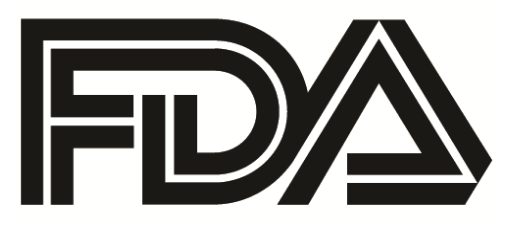FDA Accepts Application for Potential First Gene Therapy for Genetic Disease in US
If approved, LUXTURNA would also be the first pharmacological treatment for inherited retinal disease

The US Food and Drug Administration (FDA) has accepted filing for the Biologics License Application (BLA) of voretigene neparvovec (LUXTURNA), a gene-therapy candidate for the treatment of patients with vision loss due to biallelic RPE65-mediated inherited retinal disease (IRD).
The drug has the potential to be both the first pharmacologic treatment for IRD and the first gene therapy for genetic disease in the United States, according to a statement from Spark Therapeutics, the gene therapy company that manufactures it.
Voretigene neparvovec’s BLA has been granted Priority Review status by the FDA, which means that the agency has set a goal to take action on its application within 6 months, compared to 10 months under standard review. Priority review is granted to drugs that, if approved, would be significant improvements in the safety or effectiveness of the treatment, diagnosis, or prevention of serious conditions when compared to standard applications, according to the FDA website.
“FDA acceptance for filing of our BLA for LUXTURNA is an important development for people living with RPE65-mediated IRD, a significant milestone for the gene therapy field, and a strong testament to the dedication of our collaborators and employees,” said Jeffrey D Marrazzo, chief executive officer of Spark Therapeutics. “As we work closely with the FDA in the months ahead, we will remain steadfast in our commitment to bring this important investigational therapy to people living with RPE65-mediated IRD who currently have no pharmacologic treatment options.”
The safety and efficacy of voretigene neparvovec were assessed in two open-label Phase 1 trials, which continue to follow participants who received voretigene neparvovec between 2007 and 2012, and one open-label, randomized, controlled Phase 3 trial.
Trials included 41 patients with vision loss aged 4 to 44 at the time of first administration. Confirmed biallelic RPE65 mutations and the presence of sufficient viable retinal cells were established in all participants.
Results of the Phase 3 clinical trial showed a statistically significant and clinically meaningful difference between intervention and control patients at 1 year, per the trial’s primary endpoint — mean bilateral multi-luminance mobility testing (MLMT) change score.
Moreover, patients who received voretigene neparvovec showed a marked difference compared to control participants across the first two secondary endpoints: full-field light sensitivity threshold testing, and the mobility test change score for the first injected eye.
A third secondary endpoint, the change in visual acuity averaged over both eyes, was not statistically significant.
On average, participants in the original Phase 3 intervention group maintained functional gains observed by the day-30 visit through at least 2 years, as measured by MLMT and FST.
In a continuation of the trial to include crossover of the control group to receive voretigne neparvovec, 93% of all treated Phase 3 trial participants saw a gain of functional vision as assessed by bilateral MLMT over the follow-up period of at least 1 year from administration. Additionally, 72% of all Phase 3 participants receiving the drug successfully completed MLMT at the lowest light level evaluated at 1 year.
More like this >>>
Oral Drug X-82 Shows Promise for Wet Age-Related Macular Degeneration